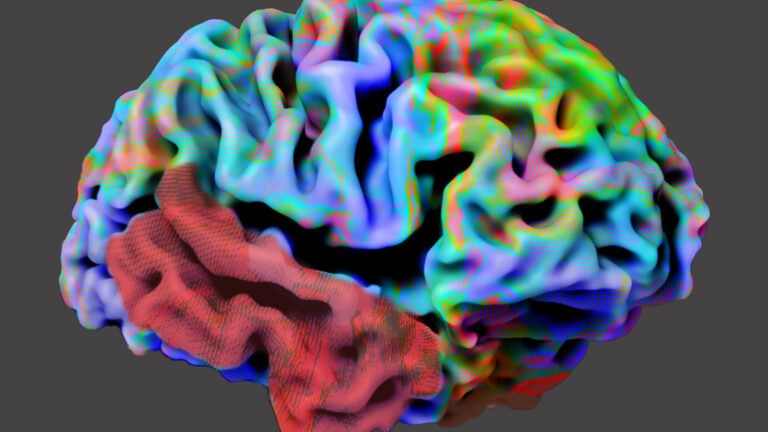
A quest to uncover the underlying causes of Alzheimer’s
USC’s Zilkha Neurogenetic Institute and Stevens Neuroimaging and Informatics Institute set out to find the how and why of age-related disease
The Keck School of Medicine of USC will collaborate with an interdisciplinary team of researchers and universities to uncover the underlying causes of dementia and Alzheimer’s disease.
While these age-related diseases are well known by the public, dementia and Alzheimer’s disease are incompletely understood and the underlying factors causing their pathogenesis remain unclear.
Through a series of broad and aggressive studies originally proposed in 2005 by Berislav Zlokovic, a USC professor of physiology and biophysics, and director of the Zilkha Neurogenetic Institute, this program will seek to test a “neurovascular hypothesis” that allows researchers to evaluate the specific role neurovasculature changes have in the onset and progression of cognitive decline.
“Changes within the brain and the vasculature of the central nervous system are increasingly recognized for their role in dementia and Alzheimer’s disease,” said Arthur Toga, director of the USC Laboratory of Neuro Imaging. “But we don’t fully understand how these changes contribute to the underlying cause.
“We know what Alzheimer’s looks like; we know what catastrophic impacts it has on individuals and society — now it’s time to explore every avenue of research in our quest to help treat and prevent this disease.”
Using parallel studies in humans and rat models of Alzheimer’s, participating investigators will test their hypothesis using molecular and imaging methods. The methods will allow researchers to identify biomarkers for predicting cognitive decline and also determine new therapeutic targets at early stages of the disease.
The program has been jointly funded by the National Institute on Aging and the Alzheimer’s Association; studies will begin early next year. Through their collaborative efforts at nine nationwide research institutions, the primary investigators will tackle unique questions and combat barriers in their prospective fields of research in the hope of one day saving patients from age-related disease.
“By identifying when and where damage and the breakdown of the blood-brain barrier take place, we as investigators will have a better understanding of how to monitor and potentially mitigate the progression of dementia and Alzheimer’s disease,” Zlokovic said.
“Through interdisciplinary collaboration, our team brings a wealth of knowledge to the table,” Toga added. “And we hope that our state-of-the-art approaches and techniques will shed light onto such an important area of research.”
